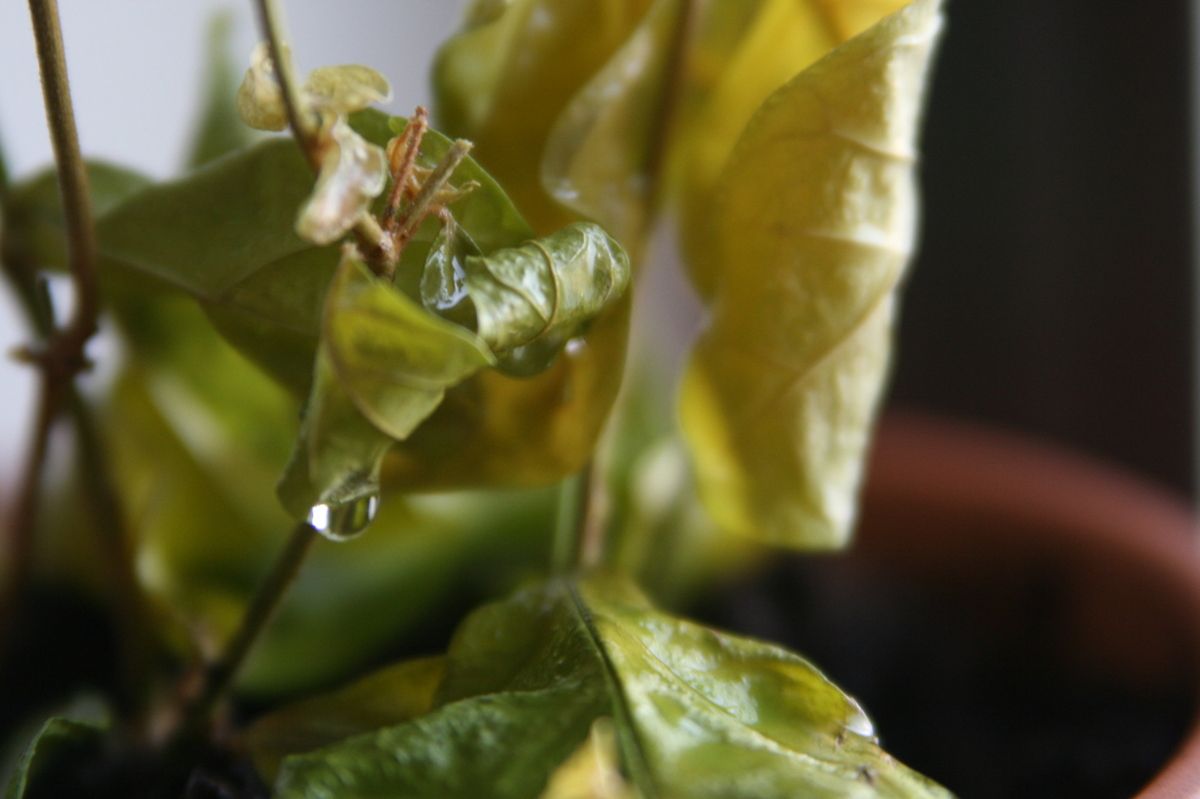If your houseplant isn’t growing well, what’s the first solution that comes to mind? If you’re like most people, you’ll first consider adding something to fix the problem—maybe sprinkling more fertilizer on the soil or giving your plant more light. You’re far less likely to think of taking something away, like watering your plant less frequently, even though overwatering is a common mistake. That’s pretty strange, considering that we’re awash in words of wisdom like “less is more,” “remove barriers,” and “omit needless words.”
Inspired by adages like these, a team of researchers embarked on a series of observational studies and experiments investigating why this advice crops up in so many fields. Do people have a tendency to think of additive, rather than subtractive, strategies first? In one observational study, the researchers looked at archival data from an incoming university president’s request for improvement ideas, and found that only 11% were subtractive. Other observational studies also showed that, in situations where either additive or subtractive strategies would have worked, people chose subtractive strategies significantly less than 50% of the time. In the experiments, participants were presented with an object, idea, or situation, and were asked to change it one way or another. Again, the researchers found that subtractive strategies were overlooked.
Adding seems to come to mind first, whereas subtracting takes more thought. The more frequently we go with our initial additive solutions, the more cognitively accessible additive ideas become, so we can get into the habit of looking for them.
The next time you have a problem, try thinking about what you can take away. If nothing else, your houseplants may thank you.










